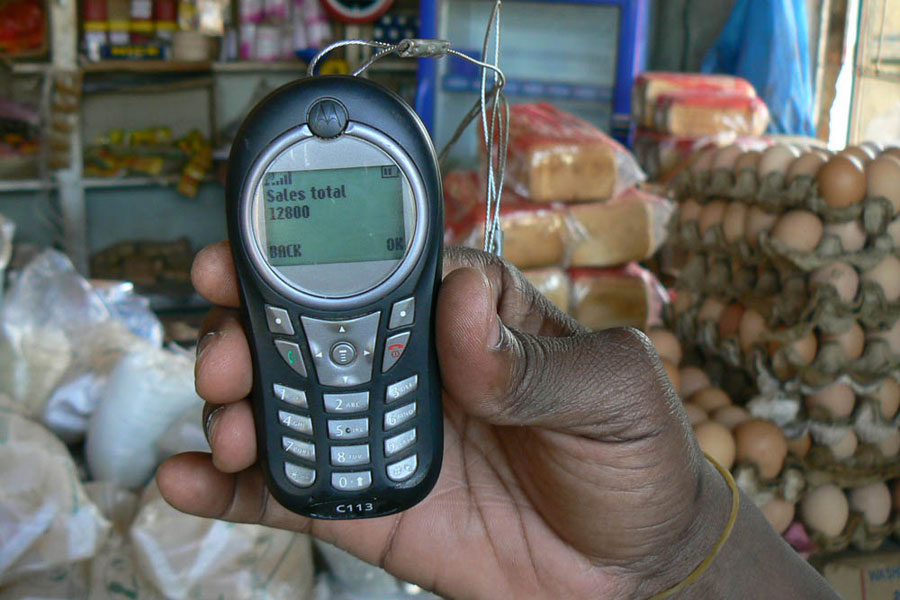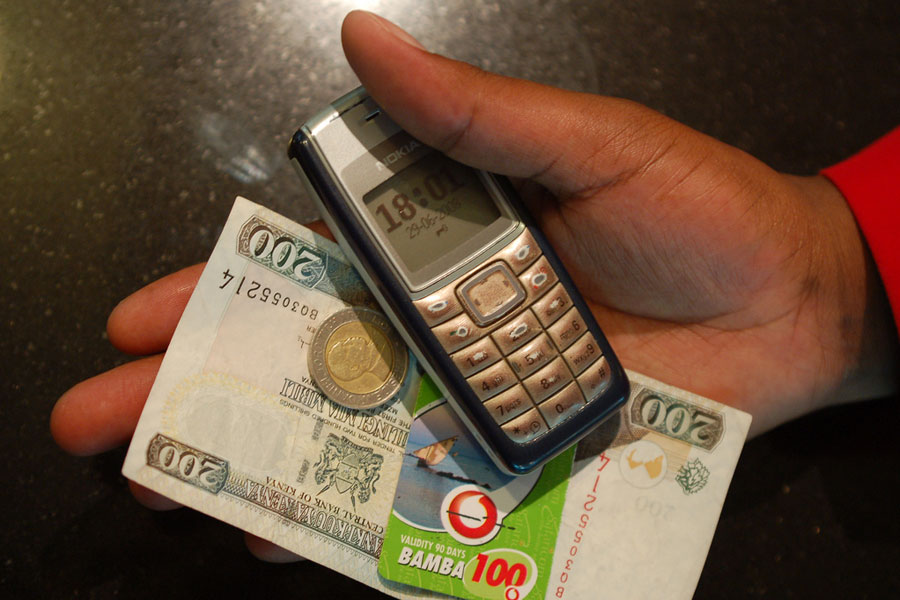DEVELOPMENTS
Are the Pacific Islands Ripe for Mobile Money?
Sep 2, 2014
Characterised by a young, poor, and isolated population with a strong need for basic financial services and fast-growing usage of mobile phones, the Pacific island countries-14 islands spread over 30 million square kilometres-seemed to be a perfect place to develop mobile financial services when the Pacific Financial Inclusion programme (PFIP) started in 2008. Successive assessments found that:
- In 2008, an estimated 6.6 million out of the 10 million Pacific islanders had no access to financial services.
- 36percent of inhabitants were under 15 years old.
- Millions of people transacted only in cash, with all the expense and risk such transactions entail.
- Pacific islanders were highly dependent on international and domestic remittances, due in part to the high rate of unemployment (one salaried person for every 15 to 20 family members).
- Mobile phone usage is growing fast: in Samoa, approximately 165,500 people gained access to a mobile phone between 2002 and 2010 (90 percent of the population); in Fiji, 95 percent of the country had mobile coverage by 2010; and in Papua New Guinea, mobile phone subscriptions rose from 100,000 to 1.5 million in just the last two and a half years.

Funded by the United Nations Capital Development Fund (UNCDF), the European Commission, and AusAID, PFIP has a core mission to "bring new energy and ideas on financial inclusion and financial literacy to the Pacific." Armed with the findings of its initial assessment, PFIP naturally turned to mobile money and branchless banking as a way to reach out to financially excluded Pacific islanders. Most notably, the project worked with regulators to improve the regulatory environment for financial services, which led to the creation of national financial inclusion task forces or microfinance units, and put financial inclusion high on the policy agenda in Fiji, Papua New Guinea, the Solomon Islands, Samoa, and Vanuatu. PFIP's direct grants to private companies have also created public-private partnerships that transformed the branchless banking industry profile in the Pacific.
Since 2010, 11 branchless or mobile banking deployments have gone live in six countries:
- In Fiji, Vodafone Fiji and Post Fiji recently partnered to offer mobile money services through postal outlets and Fijians now use their M-Paisa accounts to pay for local bus service.
- In Papua New Guinea, MiLife now offers the first mobile microinsurance scheme in the South Pacific.
- In six countries, PFIP is teaming up with Westpac Bank to introduce 'in-store' banking, where clients can withdraw and deposit money, pay bills, and receive and make transfers through trained banking agents equipped with point-of-sale devices.
- In Tonga, Fiji, Samoa, and Vanuatu, Digicel Pacific introduced a low-cost, phone-based mobile wallet.
- In Fiji, a government-to-person (or G2P) project converted low-income clients, mostly women, to an electronic payment system with no-cost bank accounts.
- In Fiji, Tonga, and Samoa, Digicel Pacific partners with Klickex Corporation, a mobile transfer operator, to offer low-cost international remittances directly to a mobile wallet.
Pacific Islands: The Next Kenya?
So, if Pacific islanders now have access to technology allowing them to send, receive, and save money, withdraw cash, top up their mobile phones, pay bills, make direct purchases in shops, and even pay their bus fares, are the Pacific island countries the next big thing in mobile money? Not really—or at least not yet. Because so few of the potential clients for mobile money actually use it.
A 2012 PFIP market survey on mobile money attitudes and perceptions in Fiji (conducted on 1,020 households, with representatives from various ethnic, age, and gender backgrounds) reveals that the slow growth of mobile money is due to a persistent gap between awareness of the service and understanding of its relevance. While the price of transactions does not appear to be a limiting factor, even among lower-income users, the following findings stand out:
- Most of those surveyed knew of the mobile money services yet didn't feel them necessary and/or didn't know how to use them.
- While trust in banks is high, trust in the new services is still low.
- People relate to products differently based on their age, gender, and location, suggesting a need for appropriate segmentation, targeting, and positioning strategies.

Developing mobile money services is complicated. It involves strong partnerships between mobile network operators, financial services providers, and retailers. It also implies significant investments for needs assessment, technology development and national deployment. The return on investment can be a long-run proposition: of the approximately 150 mobile money deployments worldwide, only 11 have more than 1 million subscribers and thus are on the way to full sustainability. The Pacific is following the global trend that suggests five years or more are necessary to make the service work.
Tillman Bruett, who heads mobile banking for the poor (MB4P), UNCDF's global programme on the subject, summarises the opportunities of-and threats to-mobile money in the Pacific as follows:
- Mobile phones can reach a lot of people quickly-the number of those who have registered for mobile money accounts across the Pacific is creeping toward 1 million.
- Getting people to use and trust the system takes time-only about 5% of registered customers actually use the service, which is not far from the global average.
- At the same time, mobile network operators need to see some growth in the next few years as an incentive to invest further in offering the service.
- Regulator support is crucial-and Pacific regulators have been highly supportive.
PFIP is not putting all its eggs in the mobile money basket. The project has supported several banks which are now making significant progress in reaching the unbanked. Westpac and Bank of the South Pacific, for example, offer a simple low-cost bank account with quick-issue debit cards and dedicated agents. Collectively, these bank solutions are now reaching nearly 150,000 Pacific islanders, most of whom were previously unbanked. In fact, the banks seem to be having an easier time getting clients to be active than mobile phone companies. Clients, it seems, accept formal savings more readily than they do formal money transfers, and access to ATM networks is proving a strong draw. Increasingly, also, partnerships are emerging, linking mobile network operators with the local post office, for example, or with banks, microfinance institutions, and insurance companies.
Over time, and given effective marketing efforts, quality improvements, and a reliable network of agents, we expect to see these efforts mature and reach millions of Pacific islanders.